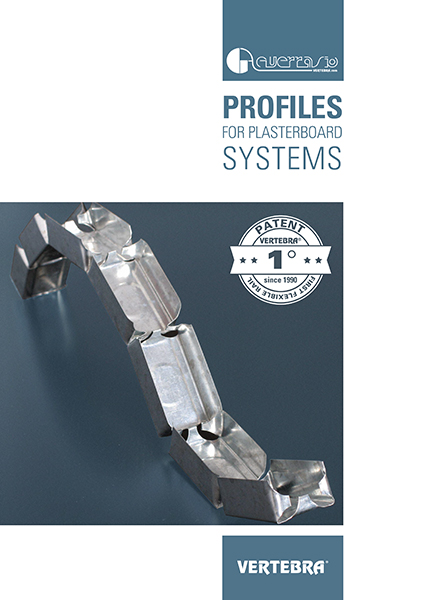
Linear profiles for plasterboard and VERTEBRA flexible profiles allow the realization of walls, false ceilings, ceiling vertical drops and customisable luminous gorges. The simplicity of the systems, the passion in making them and a careful selection of the raw material, give the resistance and guarantee over time.
All the profiles can be made with different first choice materials, such as carbon steel, zinc-aluminium and zinc-magnesium. They are EC marked according to European standards, or DIN marked according to German standards and all of them follow the LEED protocol for credits release.
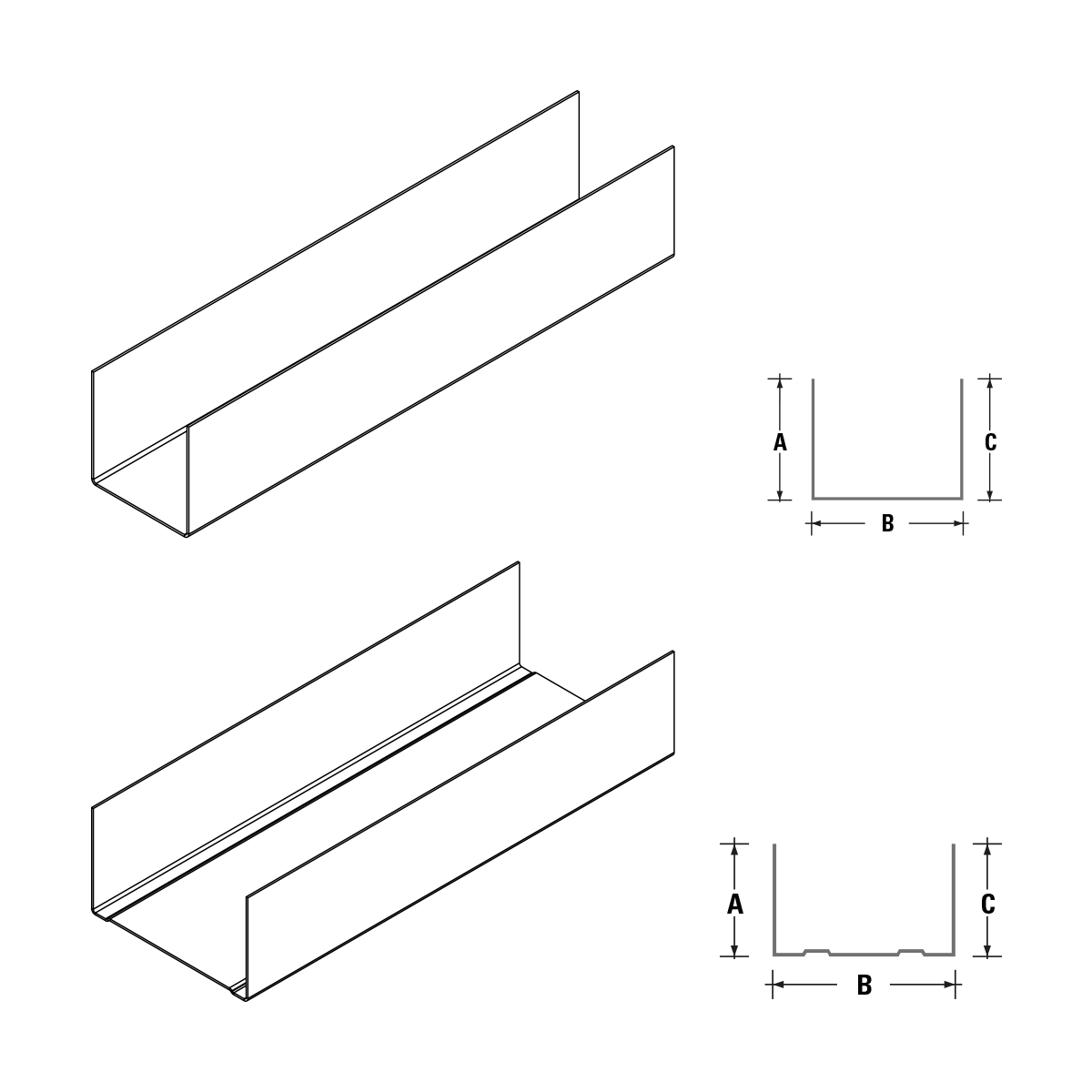
UNI rail
Rigid profile with U-section having equal sides, mainly used as rail for omega profiles or studs and as perimeter profile.
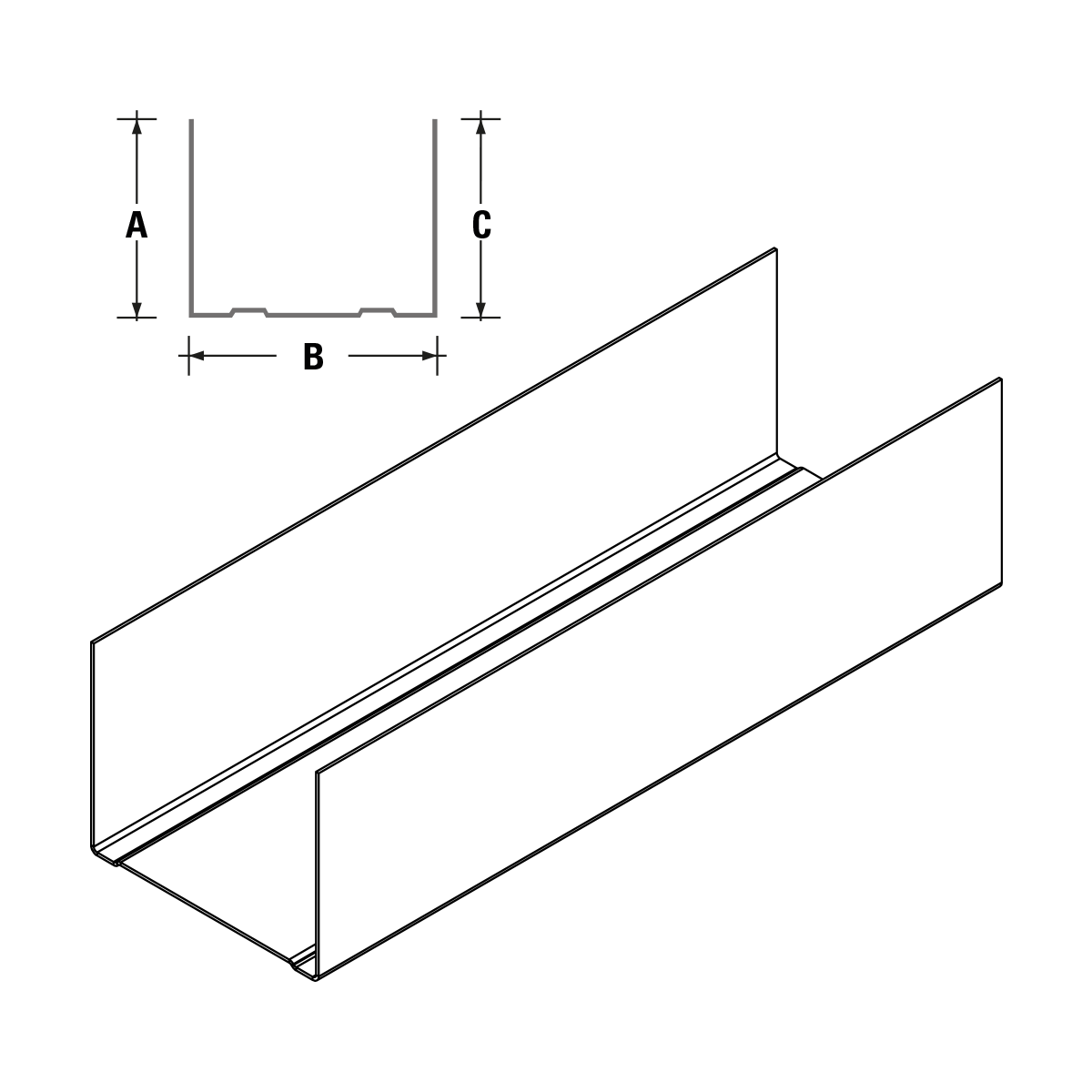
Rail according to DIN
Rigid profile with “U” section having equal sides, mainly used as rail for studs.
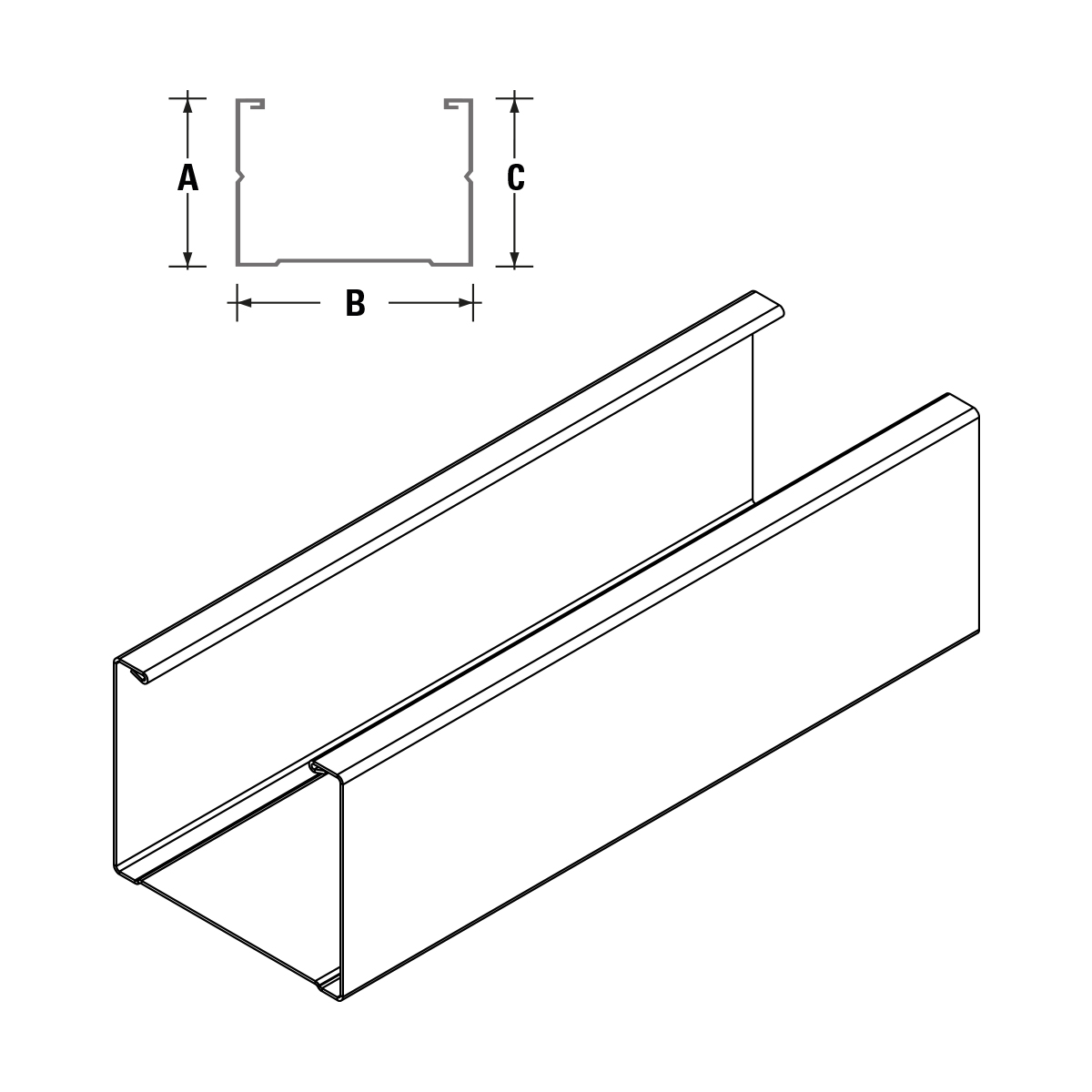
UNI stud
Rigid “C” profile used as stud to be put on the standard edge rails.
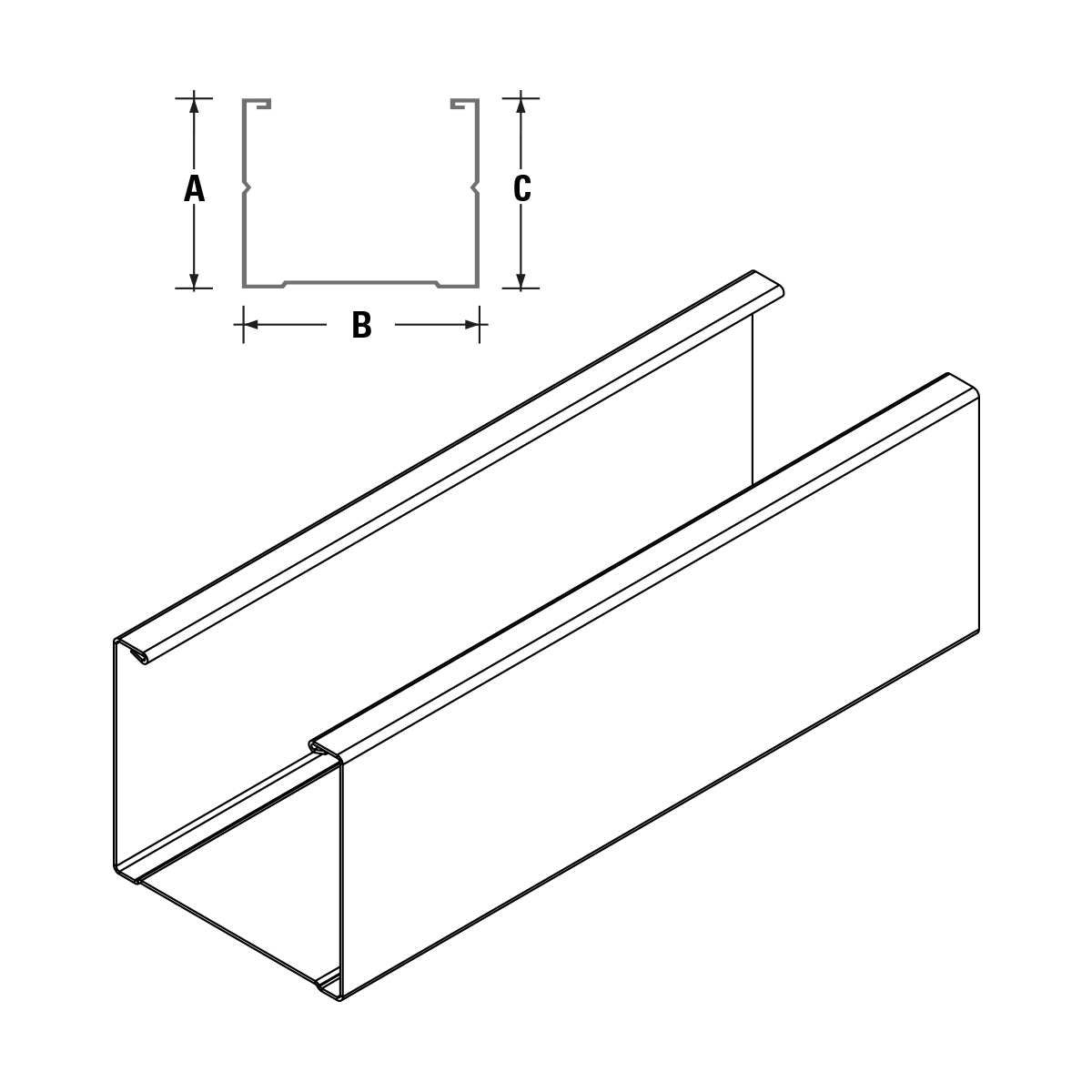
Stud according to DIN
Rigid high edge “C” profile to be put on the high edge rails.
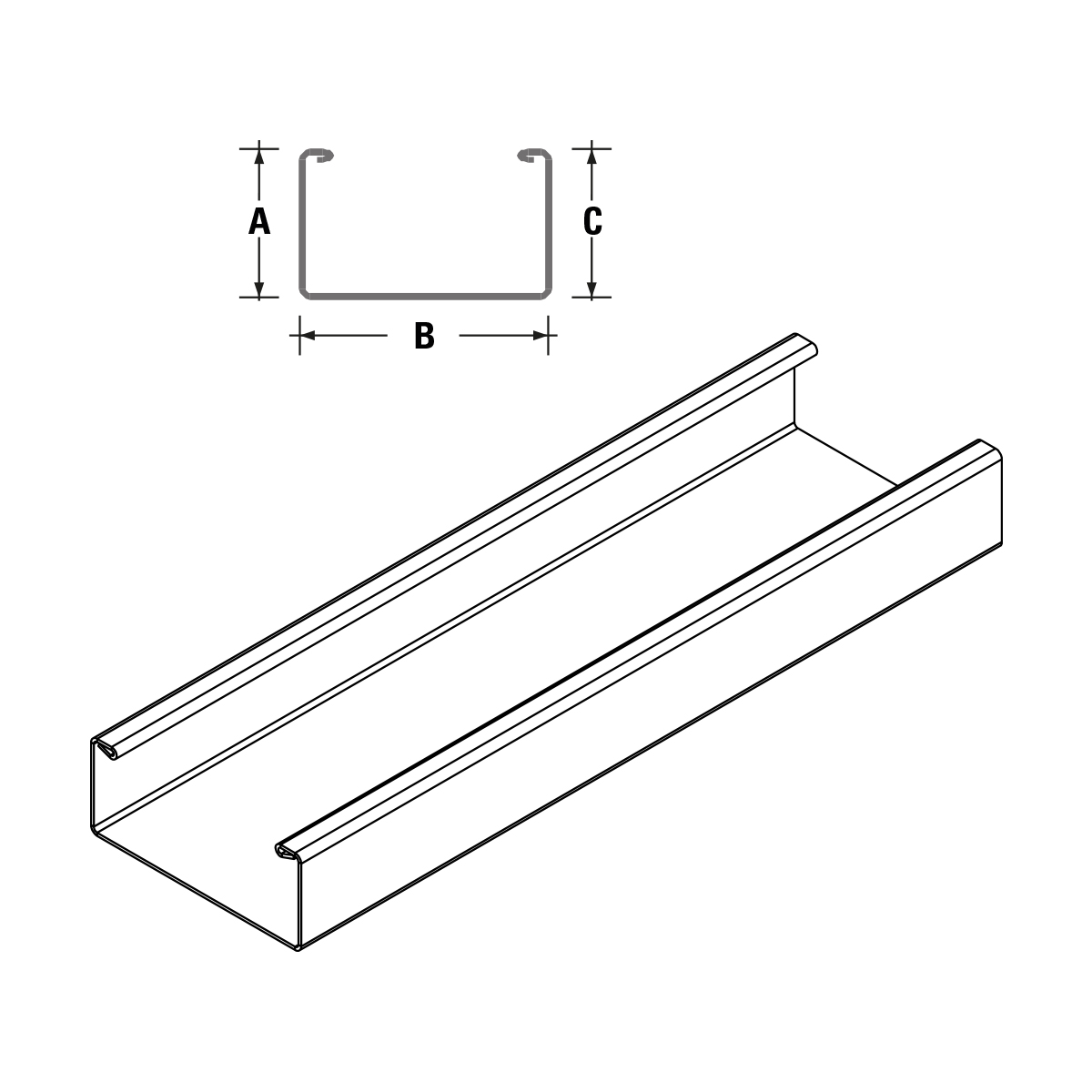
Click-on SP profile
Rigid click-on “C” profile for false ceilings and false walls.
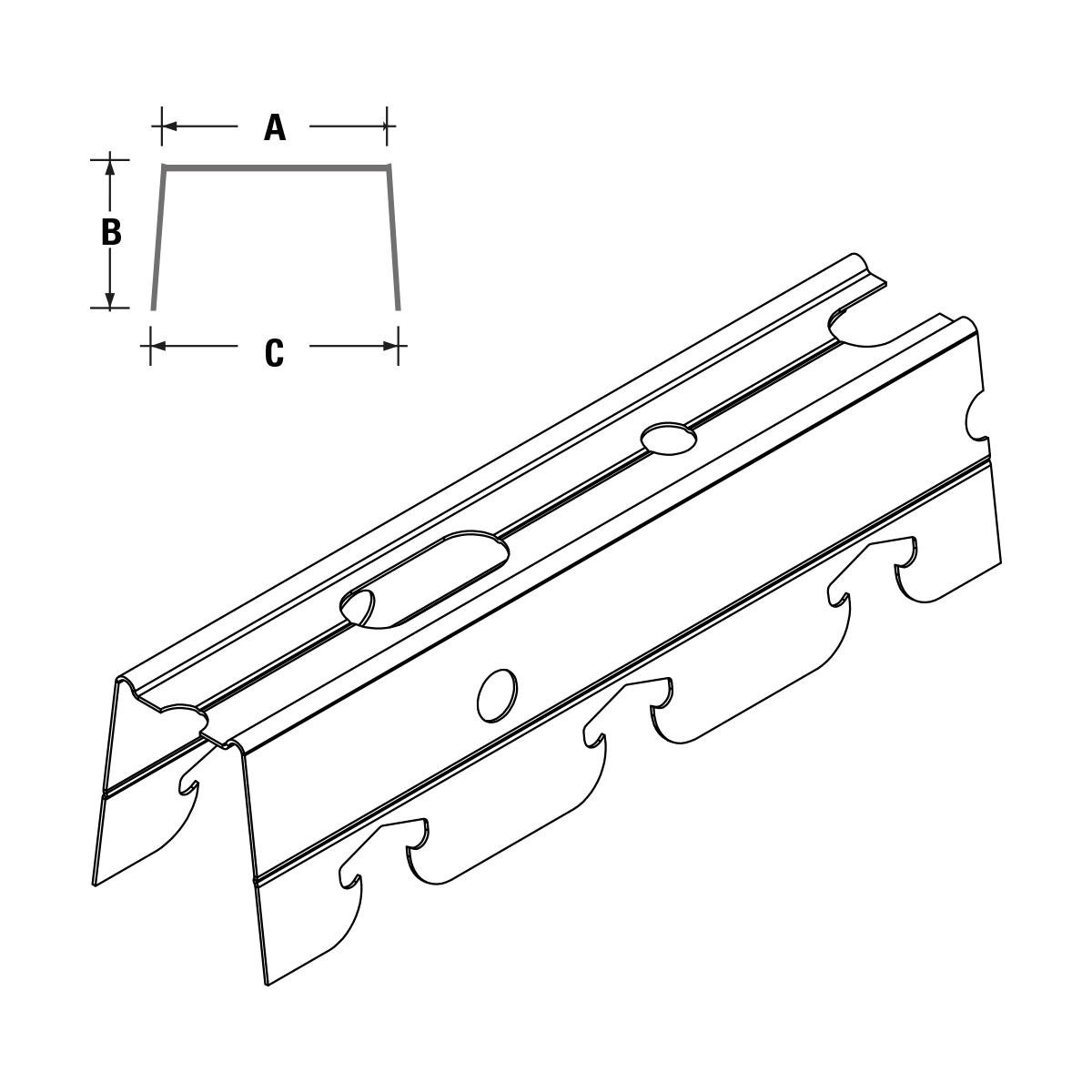
TSP click-on carrier
Click-on carrier suitable for “C” profiles.
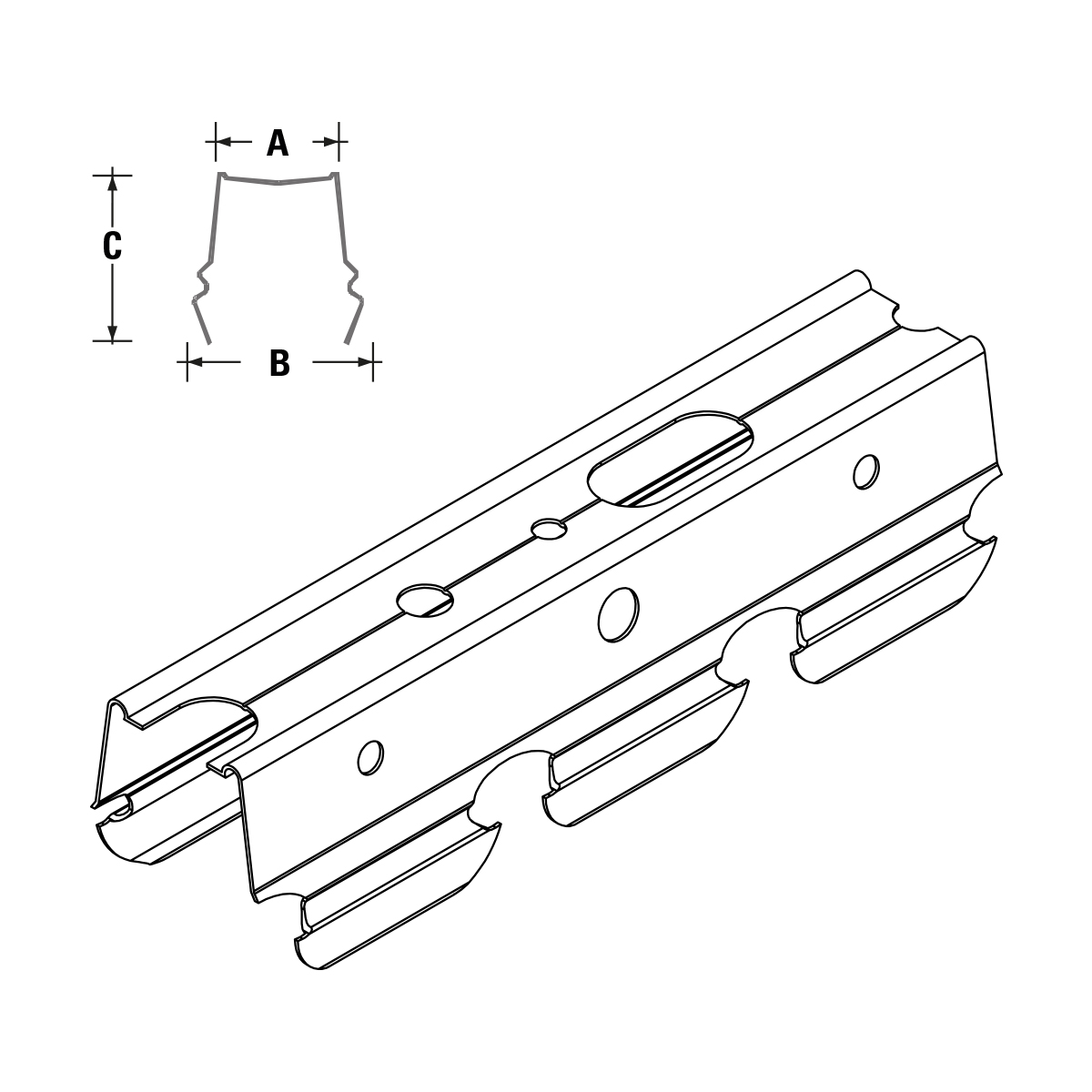
TRC click-on carrier
Click-on carrier suitable for “C” profiles.
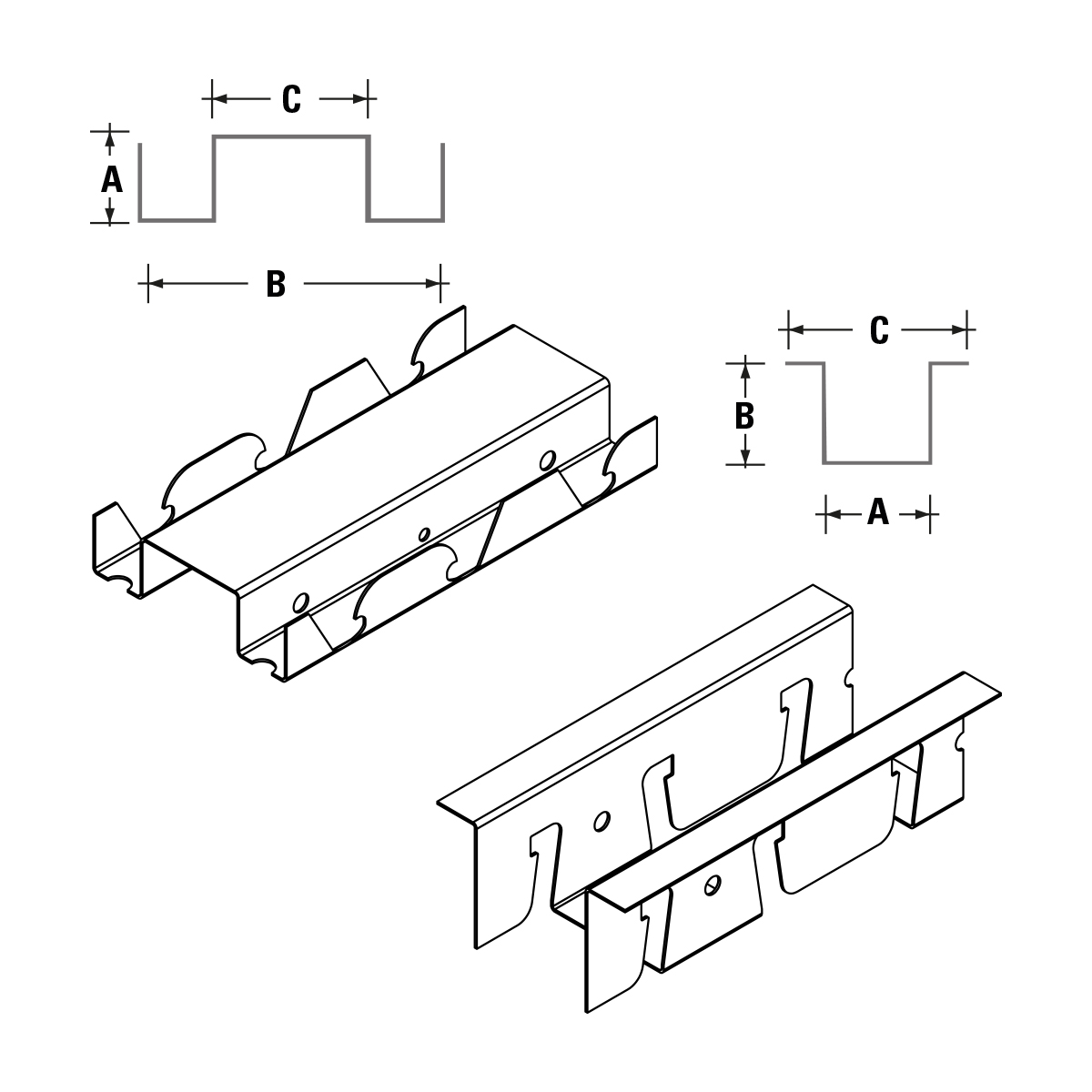
TMK and TGFO special carriers
Coplanar click-on carriers. The TMK can be used to trigger the SP 45/18 profiles and can also be used as a stud for the cavity wall of the KLIK system. TGFO allows to trigger the GF 60/27 profiles.
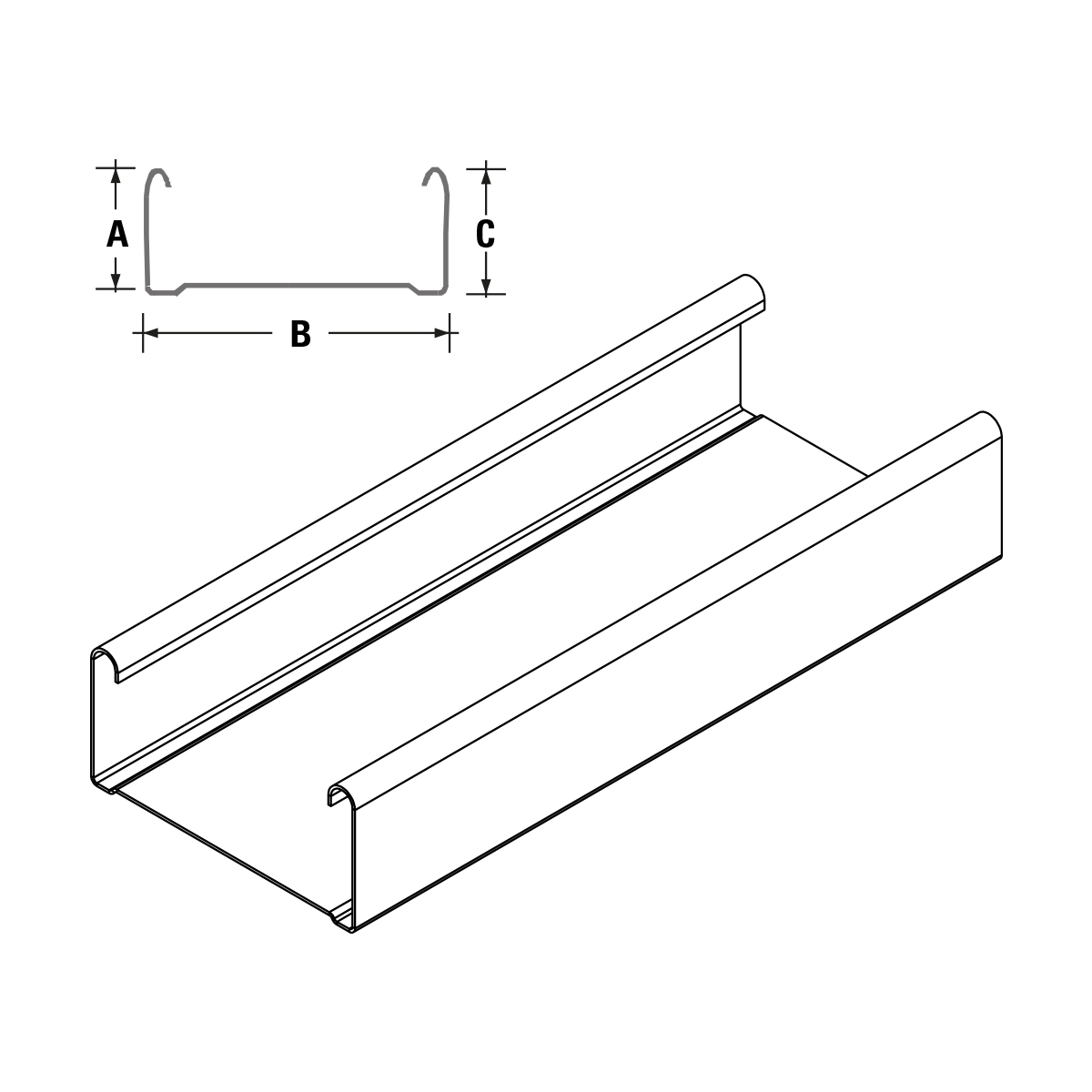
GF 60/27 click-on profile
Click-on profile with a base of 60 mm and a height of 27 mm for false ceilings and false walls.
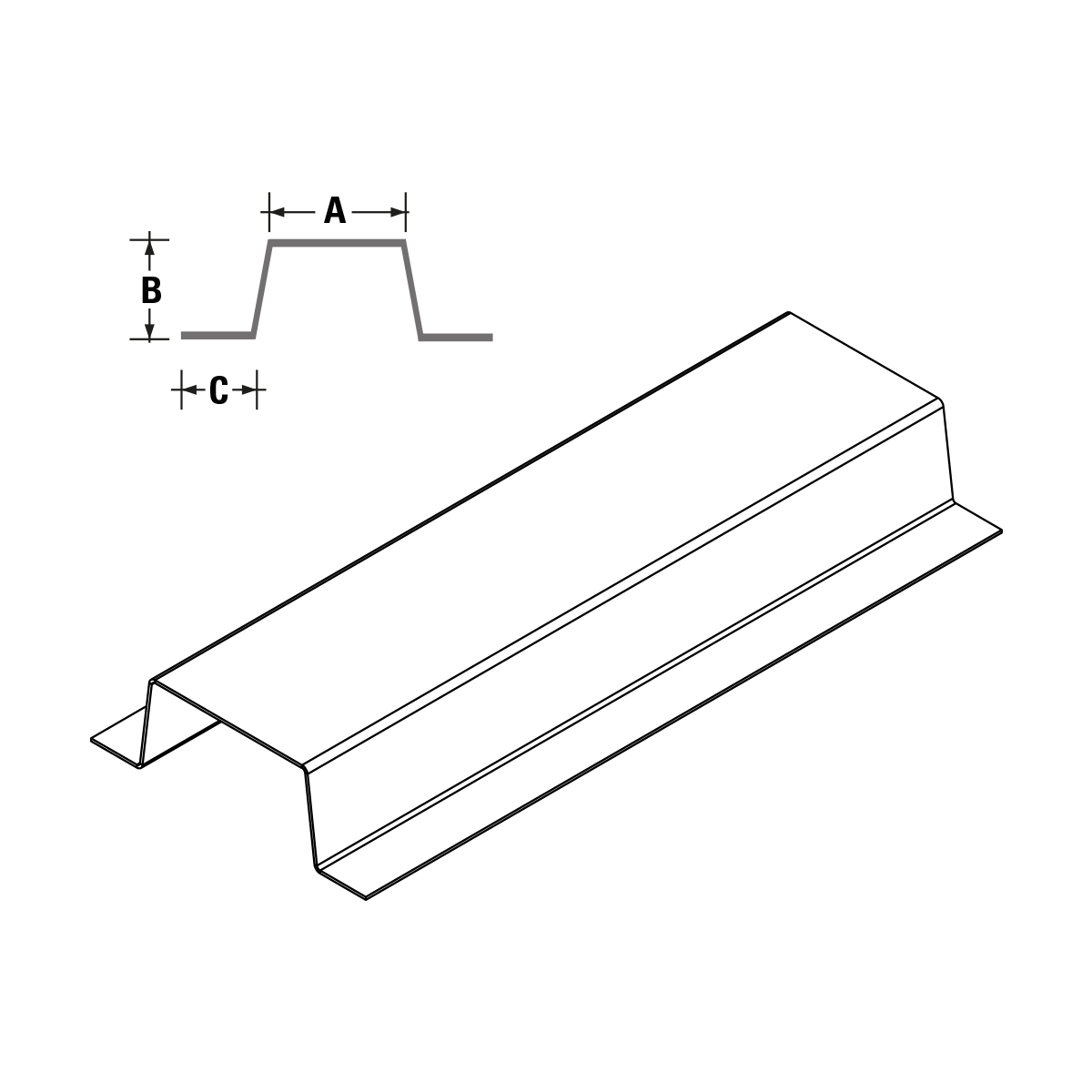
Omega profile
Omega profile for false ceilings and false walls.
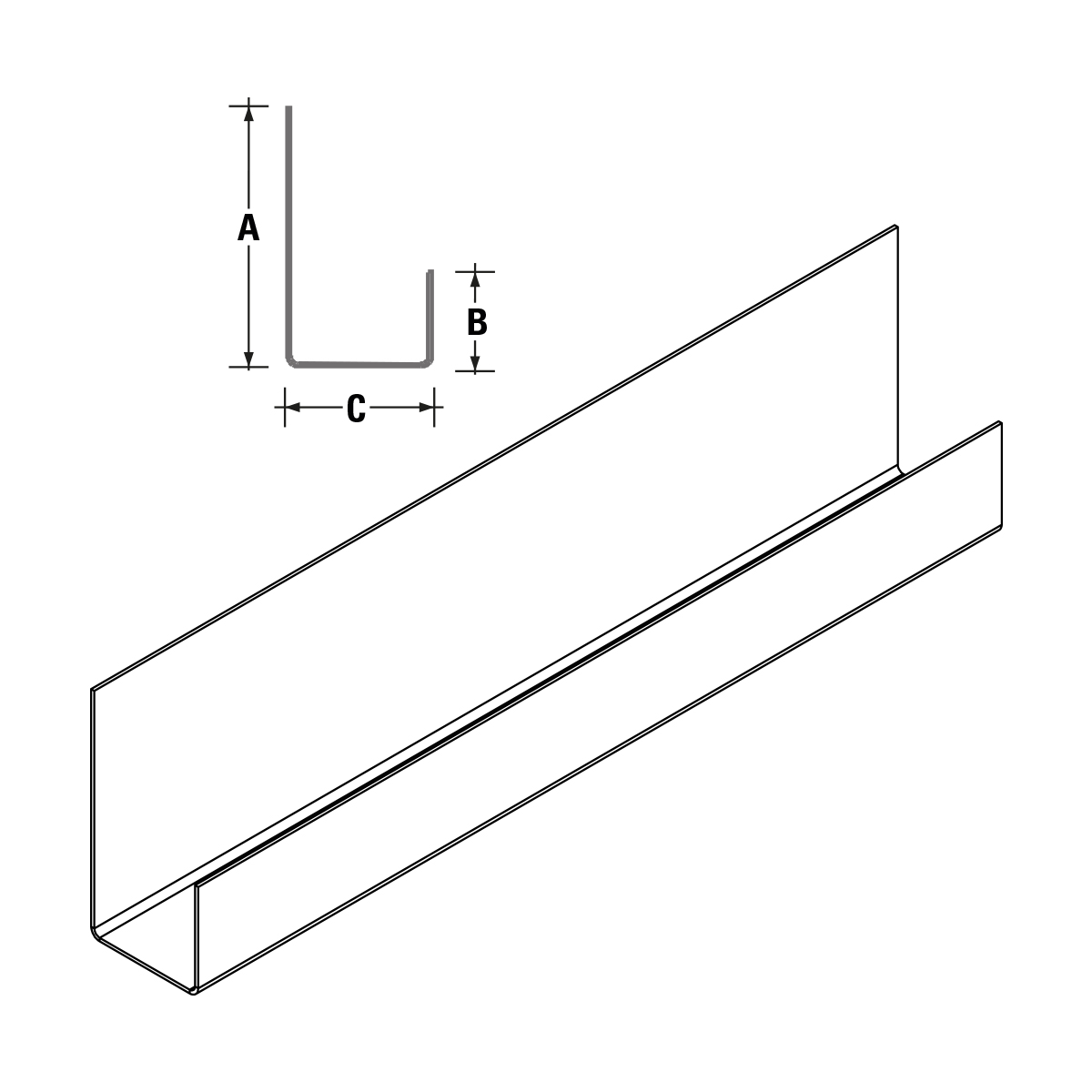
U perimeter profile
Asymmetrical U perimeter profile.
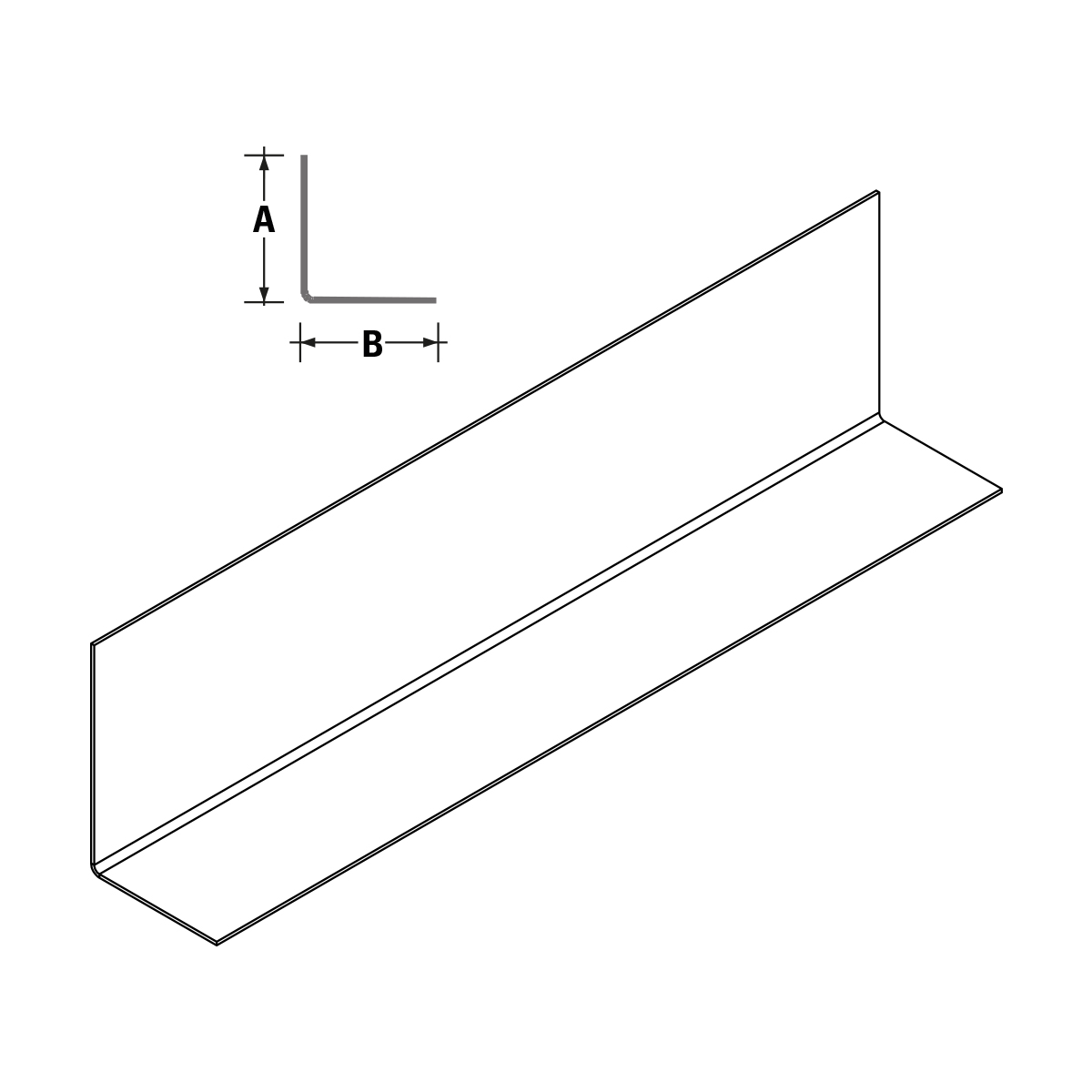
L perimeter profile
L perimeter profile.
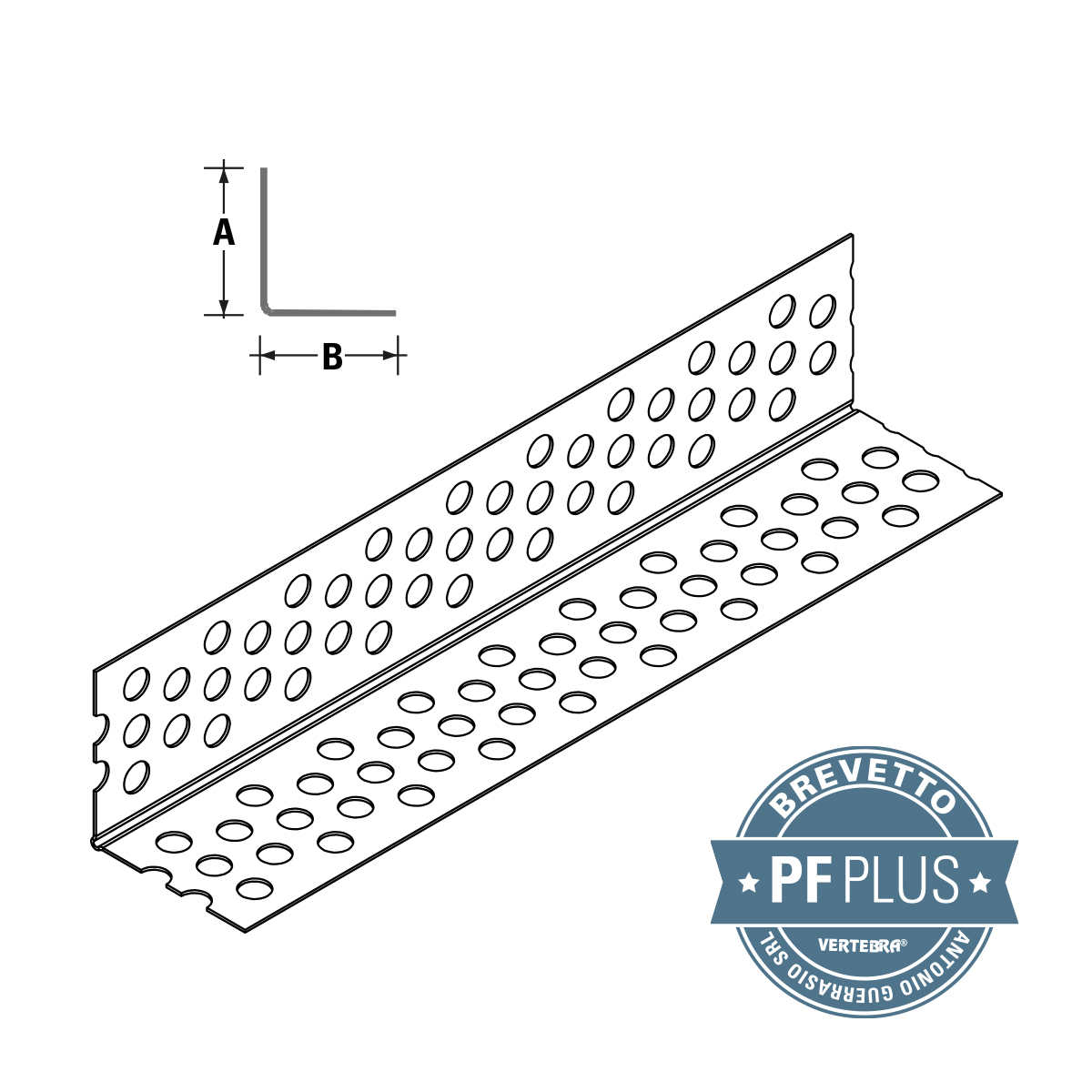
PF PLUS patented edge protection
Perforated edge protection L perimeter profile suitable for walls and ceilings.
Thanks to the edge protection patented by Antonio Guerrasio it is possible to realize quick and cheap finishes. The engravings along the entire profile allow, by simply pressing a screwdriver or a metal tip, to cling directly to the plasterboard panel without the need to use screws, with the advantage, in addition to the speed of fixing, to simplify and reduce the subsequent grouting.
